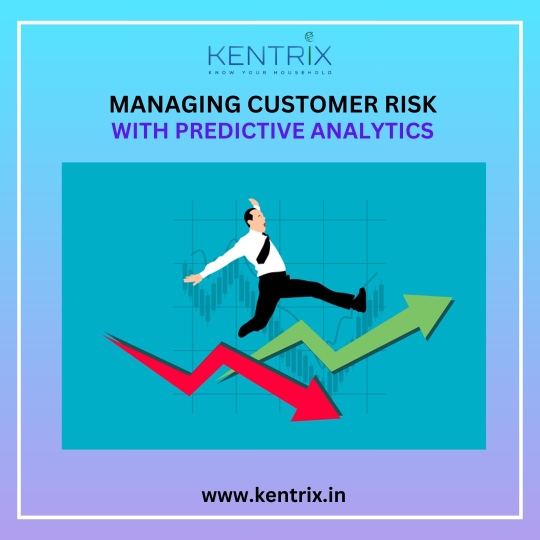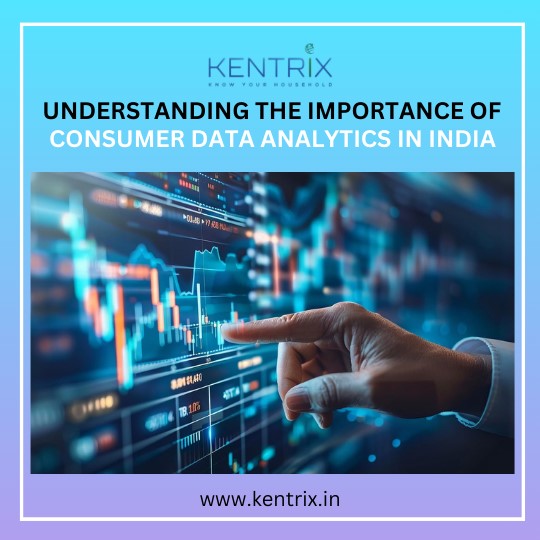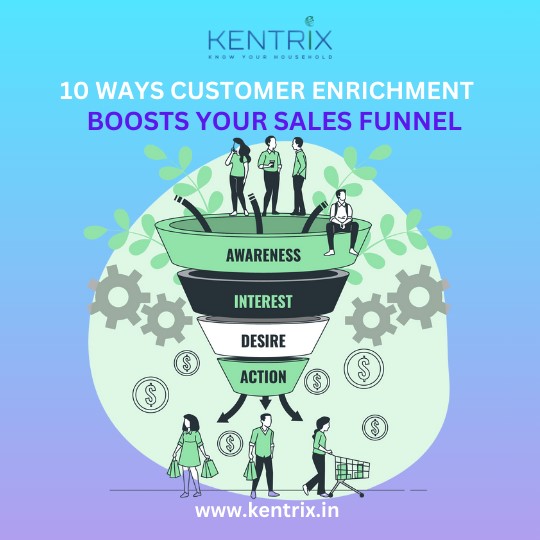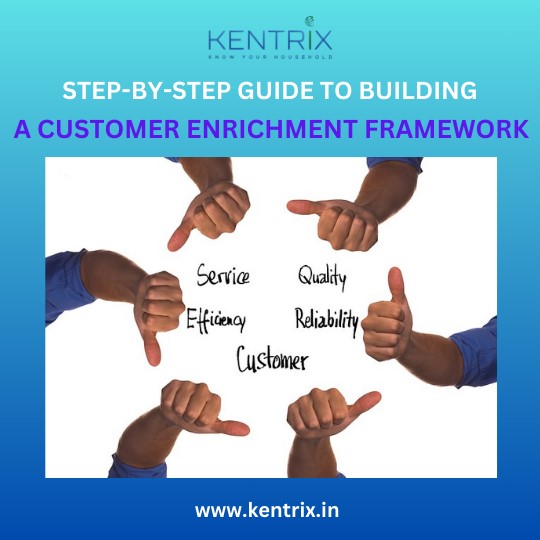Understanding creditworthiness is crucial for businesses, especially in the financial sector. It not only influences lending decisions but also impacts customer relationships and profitability. This guide explores how Kentrix Solutions can enhance your understanding of creditworthiness through its innovative tools.
Understanding Creditworthiness
Creditworthiness refers to an individual’s or entity’s ability to repay debts based on their financial history and current financial status. For businesses, particularly in finance, assessing creditworthiness accurately is essential to minimize risks and maximize returns. Traditional methods often rely on limited data, which can lead to inaccurate assessments.
The Role of Data Analytics in Credit Assessment
Data analytics has transformed how businesses evaluate creditworthiness. By leveraging comprehensive consumer data, companies can gain deeper insights into potential borrowers’ financial behaviors, spending habits, and overall stability. Kentrix Solutions offers advanced tools that provide these insights, allowing businesses to make informed decisions.
Segura: Features and Benefits for Establishing Creditworthiness
Segura is a powerful tool designed to enhance creditworthiness assessments for businesses by providing comprehensive insights into consumer behavior and financial stability. By leveraging advanced data analytics, Segura helps organizations make informed decisions regarding lending and credit assessments. Below, we explore the key features and benefits of Segura and how it aids businesses in establishing creditworthiness.
Key Features of Segura
1. Comprehensive Data Integration
-
- Segura aggregates data from various sources, including demographic information, spending habits, income levels, and psychographics. This holistic view enables businesses to understand their consumers better and assess their creditworthiness accurately.
2. Advanced Consumer Profiling
-
- The tool creates detailed consumer profiles that include over 80 data touchpoints. This allows businesses to gain insights into individual financial behaviors, helping them identify potential risks and opportunities.
3. Risk Assessment Capabilities
-
- Segura employs sophisticated algorithms to analyze consumer data for risk assessment. It identifies early warning signs of potential defaults, enabling businesses to take proactive measures.
4. Geo-Location Intelligence
-
- By utilizing geo-location data, Segura helps businesses understand market dynamics at a granular level. This feature allows for targeted marketing strategies based on regional economic conditions and consumer behaviors.
5. Real-Time Analytics
-
- The platform provides real-time insights into consumer behavior, enabling businesses to make timely decisions regarding credit approvals and risk management.
6. Customizable Reporting
-
- Segura offers customizable reporting tools that allow businesses to generate reports tailored to their specific needs. This flexibility helps in presenting data in a way that is most relevant to stakeholders.
7. User-Friendly Interface
-
- The platform is designed with ease of use in mind, allowing users to navigate through complex data effortlessly. This ensures that decision-makers can access the information they need without extensive training.
Benefits of Using Segura
1. Enhanced Credit Risk Management
-
- By providing detailed insights into consumer behavior and financial stability, Segura enables businesses to assess credit risk more accurately. This reduces the likelihood of defaults and enhances overall portfolio performance.
2. Improved Decision-Making
-
- With access to comprehensive data and real-time analytics, businesses can make informed decisions regarding lending policies and customer approvals. This leads to better outcomes in terms of profitability and customer satisfaction.
3. Targeted Marketing Strategies
-
- The geo-location intelligence feature allows businesses to tailor their marketing strategies based on regional consumer behaviors. This targeted approach improves engagement rates and conversion success.
4. Cost Efficiency
-
- By identifying high-risk consumers early on, Segura helps businesses avoid costly defaults and losses. This proactive risk management translates into significant cost savings over time.
5. Regulatory Compliance
-
- The detailed reporting capabilities ensure that businesses can meet regulatory compliance requirements effectively. This is particularly important in the financial sector where adherence to regulations is critical.
6. Competitive Advantage
-
- Utilizing advanced analytics for creditworthiness assessments gives businesses a competitive edge in the market. Organizations that leverage Segura can respond more quickly to market changes and consumer needs.
7. Scalability
-
- As businesses grow, Segura can scale with them, adapting to increasing data volumes and complexity without sacrificing performance or usability.
How Segura Helps Establish Creditworthiness
Establishing creditworthiness involves assessing an individual’s or business’s ability to repay debts reliably. Here’s how Segura contributes to this process:
- In-depth Analysis: By integrating diverse data sources, Segura provides a comprehensive understanding of a consumer’s financial situation, allowing for accurate assessments of their repayment capabilities.
- Early Warning Indicators: The tool identifies patterns that may indicate potential financial distress before they become apparent through traditional assessment methods, enabling preemptive action.
- Tailored Lending Policies: Insights gained from Segura allow businesses to develop customized lending policies that align with the risk profiles of different consumer segments.
- Building Trust: By employing a data-driven approach to credit assessments, businesses can build trust with consumers by ensuring fair evaluations based on comprehensive insights rather than arbitrary criteria.
Conclusion
In today’s competitive landscape, Segura is an invaluable tool for businesses looking to enhance their understanding of creditworthiness through advanced analytics and comprehensive data integration. Its features not only improve risk management but also facilitate informed decision-making, targeted marketing strategies, and regulatory compliance. By leveraging Segura’s capabilities, organizations can establish robust creditworthiness assessments that lead to healthier portfolios and sustainable growth in a competitive landscape.









